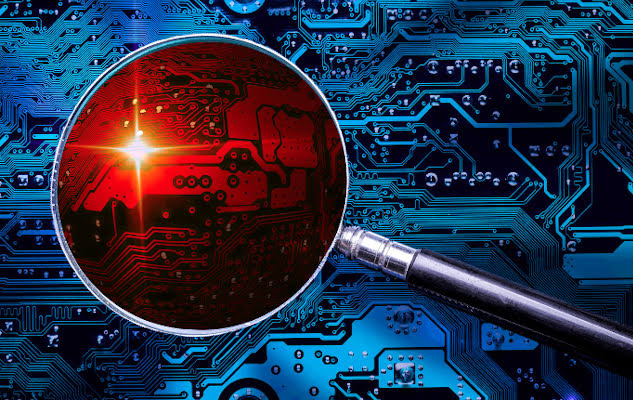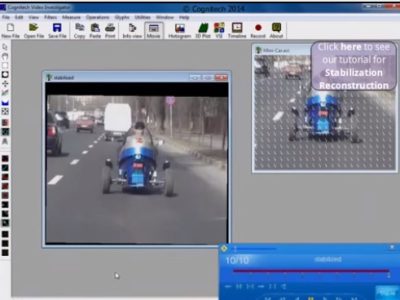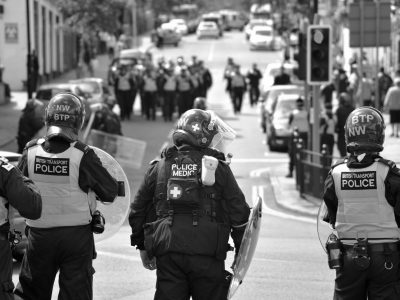In the intricate landscape of forensic investigations, the integrity and authenticity of visual evidence play a pivotal role. As technology advances, so does the sophistication of image manipulations, making it imperative for investigators to wield powerful tools that can analyze, authenticate, and uncover the truth within visual content. In this guide, we’ll explore the best image forensic tools that are shaping the forefront of investigative arsenals, enhancing the capabilities of forensic professionals, and ensuring the reliability of visual evidence.
Quick Look at the Best Image Forensic Tools
Adobe Photoshop Forensic Toolkit (PFT)
Adobe Photoshop Forensic Toolkit (PFT) stands out as a premier tool for unveiling digital alterations in images. Specifically designed for forensic analysis, PFT provides a comprehensive suite of features for detecting image manipulations, uncovering hidden layers, and examining metadata. Its intuitive interface and powerful algorithms make it an indispensable asset in the quest for authenticity within visual content.
Amped FIVE
Amped FIVE is revered for its prowess in forensic image and video enhancement. Tailored for law enforcement and forensic experts, this tool excels in clarifying details within images, restoring obscured information, and enhancing the overall visual quality. With its real-time processing capabilities and an array of filters, Amped FIVE is an invaluable companion for investigators seeking to extract maximum information from visual evidence.

Enhancing Your Investigative Arsenal
Cognitech Forensic Image Analysis (FIA)
For those who appreciate the power of open-source tools, Forensic Image Analysis (FIA) by Cognitech emerges as a commendable choice. FIA is a community-driven initiative that offers a range of tools for forensic image analysis, including image authentication, error level analysis, and noise analysis. Its collaborative nature encourages continuous improvement and customization to suit the evolving needs of forensic professionals.
Cellebrite UFED Physical Analyzer
In an era dominated by mobile devices, Cellebrite UFED Physical Analyzer takes center stage in mobile forensic investigations. This tool specializes in extracting and analyzing data from mobile devices, including images. Its capabilities extend beyond traditional image analysis, encompassing the examination of device memory, deleted data recovery, and the reconstruction of user activities.
ELA (Error Level Analysis)
ELA, or Error Level Analysis, is not a standalone tool but a technique employed by forensic analysts to detect digital tampering within images. This method highlights variations in error levels caused by compression, alterations, or manipulations. When used in conjunction with other forensic tools, ELA enhances the ability to identify inconsistencies and potential areas of interest within visual content.
Conclusion
As forensic investigations evolve, so must the tools at the disposal of forensic professionals. The best image forensic tools are those that not only adapt to the changing landscape of digital evidence but also empower investigators with precision and accuracy. Whether it’s detecting digital alterations, enhancing visual details, or ensuring the integrity of images, these tools form the bedrock of a robust investigative arsenal. As technology continues to advance, staying informed and leveraging the capabilities of these tools will be essential for forensic experts dedicated to unraveling the truth within visual evidence.












Comments